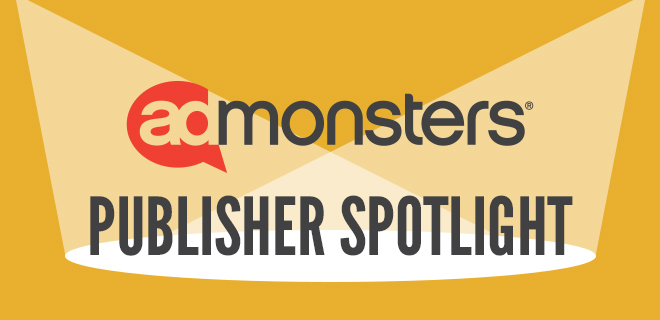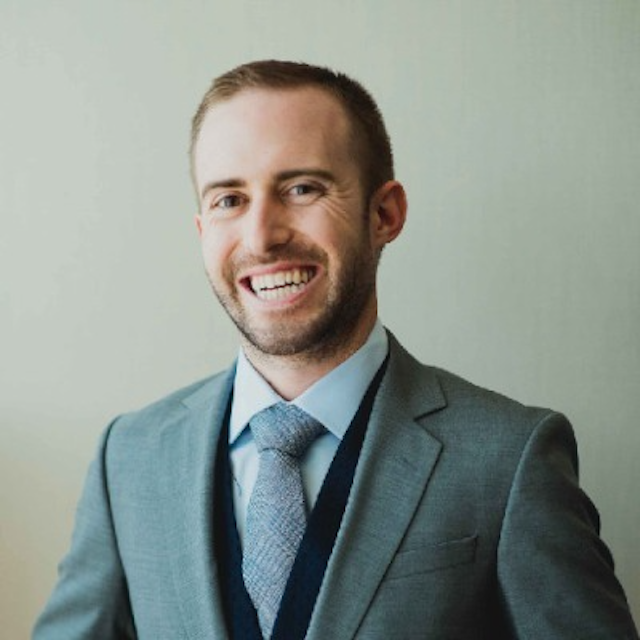
Many ad tech professionals fell into this industry by chance. But Bobby Noble, now Disney’s VP of ad operations, says that, for him, it felt like a natural evolution.
Bobby Noble was always fascinated by the psychology behind consumer behavior.
After college and earning a degree in international business and marketing, he set out to find a career that combined his interests and landed at Woven Digital (now Uproxx Media), where he became the company’s first ad operations manager.
There, Noble learned by doing: troubleshooting in real time, self-teaching with YouTube tutorials and developing a network of peers in the space. By the time Noble left Uproxx for Hulu in 2018, he was in charge of overseeing revenue management, including pricing, planning, ad operations and product.
As a senior manager at Hulu, he led ops across the West and Midwest regions, and his role expanded significantly following Hulu’s acquisition by Disney in 2019. Eventually, he took on the broader leadership role he holds today as VP of Disney’s ad ops, where he now leads a team of more than 200 people.
“For me, it’s all about knowledge and adaptability,” he says. “The more you absorb, the more you grow—and in this industry, change is constant. How you respond to it really defines your success.”
For instance, Noble is focused on the convergence of live TV and streaming and how his team is helping Disney unify addressable advertising across Hulu, Disney+, ESPN, ABC, FX, Nat Geo and Freeform to deliver a seamless, elevated livestreaming experience.
To accomplish this, Noble relies on his team of 200 employees, where he acts as the connector to ensure campaigns run smoothly for their clients.
Andrew Byrd: Walk me through a typical day. What keeps you busy? 
Bobby Noble: I’d break my role into two main buckets.
First, I act as a connector across multiple teams—from pricing and planning to ad platforms, data and activation, business operations and, of course, sales. At Disney, where we use proprietary systems like our ad server, those relationships are critical.
Second, I focus on empowering our account management team—making sure they have the tools, training and support they need to deliver best-in-class service to our advertising partners. My job is to make their jobs easier.
AB: I’ve often heard other ad ops professionals say other departments like sales and product teams don’t always fully understand what ad ops does. Do you find yourself facing that challenge, too?
BN: Not as much as I used to, which is encouraging. It shows the education we’ve done across teams about ad operations is starting to stick. The role is always evolving, especially as we adopt new technologies. One key focus now is redefining what ad ops looks like in a modern, tech-driven media company.
At Disney, ad ops manages the full post-sale campaign life cycle. Once the IO is in and we build the plan in our order management system, my team takes over launching campaigns, tracking performance, meeting client KPIs, analyzing data, delivering post campaign reports and handling billing. It’s a broad scope, and that’s by design.
Our team isn’t just doing the tactical work behind the scenes; they’re also client-facing. That dual role makes the experience smoother for partners and helps account managers stay closely connected to results. I want sales to see our account management as a key partner. They know our clients’ campaigns best, and that knowledge can help sales deliver even stronger support.
AB: Disney announced at CES in January that it’s ramping up its advertising offering this year. Can you walk me through that?
BN: We highlighted three key themes related to our ad operations: live programming, automation and actionable data insights.
We’re focused on streamlining how advertisers transact with Disney, using automation to reduce friction and boost efficiency while providing strong data to drive performance.
We announced live certification for select DSPs––DV360, The Trade Desk and Yahoo––and SSPs, like Magnite, ensuring they meet the performance needs of livestreaming. Unlike VOD, live content is unpredictable, so this helps maintain quality and reliability.
Another major highlight was Disney Compass, our proprietary ad platform that simplifies activation by centralizing first-party data, vendor integrations and tools. We built it to reduce fragmentation and give clients a clearer, more efficient view of audience performance.
AB: Streaming is clearly evolving—especially with the rise of live TV—and it feels like we’re moving back toward a bundled model, similar to cable. How is this shift impacting Disney, Hulu and the broader strategy across your streaming platforms?
BN: If I had to sum it up in one word, it’s additive.
Live TV isn’t disrupting our model; it’s expanding it. We already have strong live audiences on linear, like ESPN, and now we’re bringing that scale into streaming. Advertisers love live content for its concurrent reach, and it adds incremental value beyond just VOD.
Coming from a digital background, I find it fascinating to collaborate with our linear experts to bring those insights into streaming and shape new features. Overall, it’s helped our teams work more closely and strategically together.
AB: Any upcoming projects you can talk about?
BN: I’m excited about making data and insights more accessible and actionable for clients. From an account management perspective, I want to evolve how we use data to report on performance and actively improve campaigns in real time.
That means equipping our teams with the right tools and streamlined insights so they can react quickly and think more strategically.
Historically, ad ops has been about launching campaigns and delivering against KPIs. But I want us to move toward a more consultative model, using audience insights and live performance data to guide clients and add value they might not expect.
When account managers and clients both have a clear view of what’s happening and why, it creates stronger alignment and deeper partnerships. Ultimately, it’s about shifting from being just executional to strategic collaborators—and smarter data access is a big part of that future.
This interview has been lightly edited and condensed.